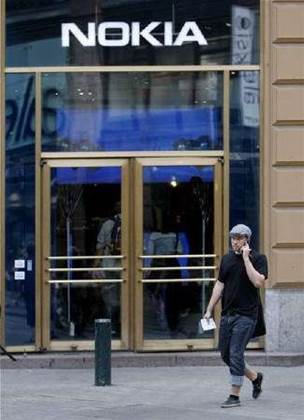
BlackBerry maker RIM ousted Motorola to return to second place, thanks to a 54 percent year-on-year rise in the uptake of RIM's devices.
The other big gainer was Sony Ericsson, which clawed its way back into the top five for the first time since early 2004, thanks largely to shipments of FOMA devices in Japan.
"Sony Ericsson's increased shipments were not solely down to Japan though, as it has extended its smartphone range again with the W950," said Rachel Lashford, a senior analyst at Canalys.
Having both Walkman-branded and keyboard-based devices allowed Sony Ericsson to target a variety of end-user types, she added.
"But Sony Ericsson will need to continue renewing and expanding its portfolio and ensure that the propositions of each model remain clear if it wants to stay in the top five during 2007," said Lashford.
Nearly 64 million smartphones were shipped worldwide in 2006, 22 million of which shipped in the final quarter alone.
The total number of smart mobile devices shipped in 2006, including wireless handhelds, reached 77 million.
However, a year-on-year rise of 42 percent for converged devices was matched by a 41 percent drop in sales for the regular handset market.
Some companies also performed more strongly in certain regional markets, with almost three-quarters of RIM's and fourth-placed Palm's sales talking place in North America.
"The regional delineation of the top market players remains quite striking," said Lashford.
"Shipment volumes of Motorola's Linux smartphones in Asia, particularly China, still significantly overshadow those of its Windows Mobile 'Q' in North America."
Canalys estimates that Linux devices represented more than 90 percent of the 1.5 million smart phones shipped by Motorola in Q4 2006.

.png&h=140&w=231&c=1&s=0)

_(22).jpg&h=140&w=231&c=1&s=0)






 iTnews Executive Retreat - Security Leaders Edition
iTnews Executive Retreat - Security Leaders Edition












_(1).jpg&h=140&w=231&c=1&s=0)



